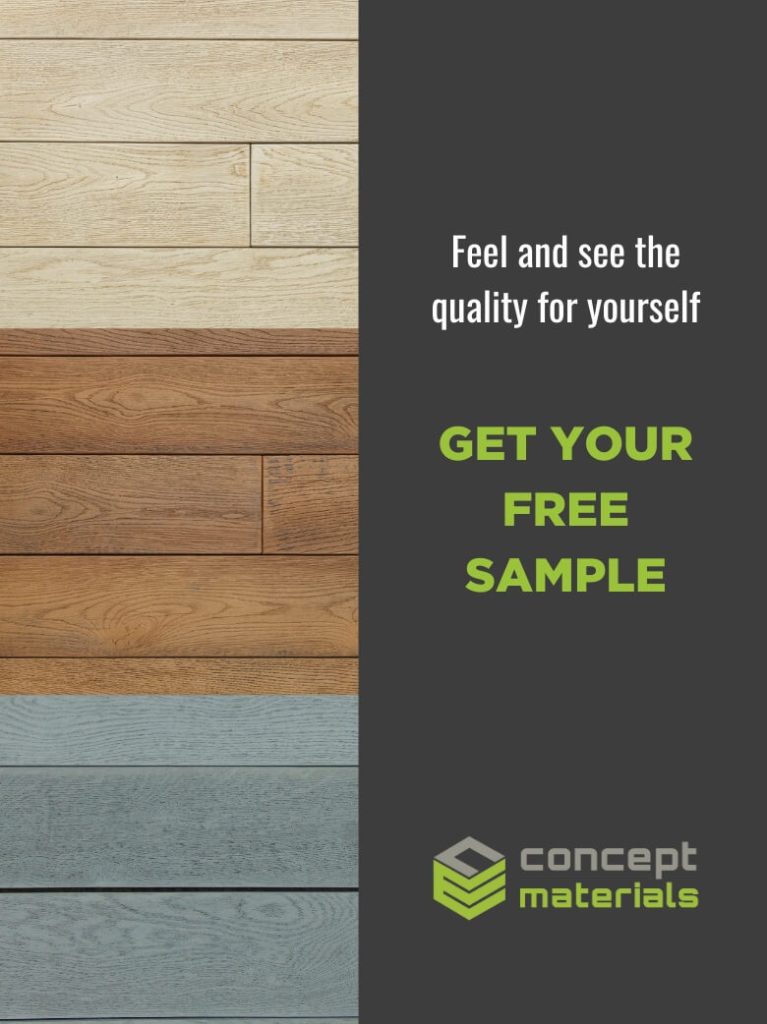While it is true that the right choice of external cladding beautifies, architects designing homes and buildings consider more factors than pure aesthetics. Foremost for architects is that the materials and design are suitable for the building and its environment so that the structure is not just visually appealing but is also functional, economical, lasting, and increases property value.
So how do they select suitable cladding from a variety of choices?
External Cladding and its advantages
Architectural cladding design is used for many styles, from traditional to ultra-modern. Cladding is versatile and can be installed over the building’s structural framework or an existing wall surface. It’s made from various materials, including wood, metal, brick, stone, fibre cement, and composite materials.
Factors impacting an architect’s choices are durability, cost, maintenance requirements, and beauty. Using cladding is like weatherproofing your external walls, equipping them with a beautiful layer of natural-looking finishes that offer added benefits like insulation.
Millboard cladding, a popular and practical choice, is a type of composite cladding made from a revolutionary Polyurethane resin, reinforced with mineral fibres plus a unique Lastane® coating. When moulded into boards, it has a realistic wood grain texture.
Not all Millboard cladding is the same, though. For instance, hand colouring of the material simulates the nuances of shading of natural wood on millboard cladding. The variety of colours, finishes and a complete line, including trims, fascia, and corners, make it the ideal choice for architects who want to ensure their work ages well even in high heat and condensation areas.
Design considerations when using cladding
When choosing cladding designs for buildings in Australia, architects and builders typically consider some essential factors:
1. Visual appeal
The visual appearance of the building is an important consideration. Selecting the external cladding to complement the building’s design and the surrounding environment enhances the visual appeal of a building. The various textures, finishes, and colours that could be mixed and matched with other materials provide a range of options for different architectural styles and design preferences.
Because it’s more expensive than paint, cladding may be used as an accent if cost is a significant aspect.
2. Context
The context of the building’s location and surroundings must be considered too. Cladding should be selected appropriately for the site, such as traditional or common materials to the region.
3. Scale and proportion
The size of cladding panels and the installation pattern needs to be appropriate to the scale and proportion of the building. Moreover, the choice of cladding should enhance the building’s proportions and emphasise its vertical or horizontal lines.
4. Texture
The texture of the cladding material can play an essential role in the building’s visual appeal. Cladding can add texture and depth to the building’s facade.
5. Colour
The colour of the cladding material can complement the overall colour scheme of the building. So, it’s necessary to consider the colour of surrounding buildings and the local environment.
6. Climate and durability
Australia has diverse climates, from hot and dry to humid and tropical. Architects choose external cladding that can withstand the local environment and weather conditions, such as rain, wind, and extreme heat or UV exposure. This resilience ensures that the cladding will not warp or rot.
7. Fire safety
Australia has strict regulations regarding fire safety in building construction. Choosing a cladding material compliant with the National Construction Code (NCC) and tested to meet Australian fire safety standards is crucial. The responsibility for the cladding’s suitability in the required location is to be determined by a certified building professional (building control officer, building insurance, fire officer, etc).
8. Building code requirements
The local building codes and regulations may impose requirements on the type of cladding used. For example, some materials may be required to meet specific wind resistance or energy efficiency standards. The material must not be combustible; otherwise, the building may not be insurable or saleable.
9. Cost
The cladding material and installation cost may be a factor in the decision-making process, as it affects the overall project budget.
10. Insulation
One of the critical advantages of cladding is that it can improve the energy efficiency of a building by providing an additional layer of insulation. This can help reduce heating and cooling costs, as well as improve indoor comfort levels. Aside from heat insulation, cladding helps with sound insulation.
Takeaways
Cladding provides protection from the elements and improves the energy efficiency and aesthetic appeal of the building. Architects have multiple considerations when using cladding for their building designs, such as visual appeal, context, and texture. Cladding should also meet the fire safety and building codes of Australia.
By considering these design principles, architects and builders can choose the most appropriate cladding material for a building that meets both functional and aesthetic requirements.








